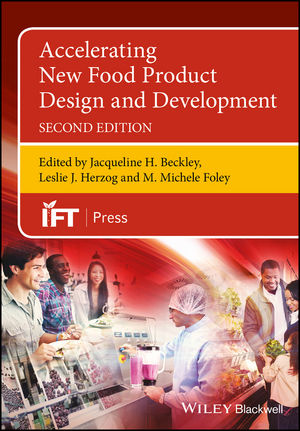Consumer food packaging: Filling the data gaps in the food waste fight

By: Kyla Fisher
When considering the problem of food waste in America, it’s easy to envision grocery distributors or large-scale restaurant operations with dumpsters full of spoiled meat and produce in a back alley. But that unappetizing vision, perhaps surprisingly, does not mesh with the reality. In fact, the highest levels of food waste in this country happen at the consumer level, long after food has been harvested, processed, shipped and sold.
Another surprise comes when one asks the natural question of why consumer food waste is more prevalent than elsewhere. And the disappointing answer is, we don’t know why. More food is wasted in the home than anywhere else, but we lack a comprehensive understanding of the roots of this problem.
More and more, we see packaging emerging a key strategy in the fight against food waste. With this in mind, AMERIPEN sees clearly the need to better evaluate how consumers utilize packaging in the home. Better data on consumer use will help evaluate where the best interventions can be found and where in-home food waste can be prevented, or at least reduced.
From various studies, we know that more than 40 percent of the food wasted in North America comes from households. What we don’t know, and we what we really should know, is why so much food waste comes from the home. Emerging research into consumer waste has started to evaluate some of the reasons for this, but very little attention has been focused on the role of packaging in reducing waste or consumers’ attitudes toward packaged foods.
For example, in a literary search on the reasons for consumer food waste, AMERIPEN found only one study which explored the role of packaging in the fight against food waste. Professors from Karlstad University suggested that up to 25 percent of consumer waste could be reduced through optimized packaging. The study also noted that the consumer rarely recognized the presence of packaging in relation to food waste, unless packaging posed an inconvenience. This means that consumers almost never noted how the failure to package a food product could affect shelf life.
Additional studies have noted that generally, consumers perceive packaging to have a greater environmental impact than food waste. The single use nature of packaging creates much misunderstanding and dislike amongst consumers. AMERIPEN believes this leads to significant misuse of packaging in the home. For example, a study by WRAP UK revealed that 61 percent of those surveyed thought fruit and vegetables spoil faster in packaging, and nearly half of consumers in another study from Sealed Air Retail Solutions revealed that they remove fresh food from packaging which is designed to extend shelf life. These actions may be inadvertently increasing food waste in the home.
To make a difference, learning is the key. Preliminary research from both the Sealed Air Retail Solutions study and the WRAP UK study shows that when consumers are educated on the role of packaging in extending product life, they will choose the package which offers extended shelf life. So how do we shift the perception of packaging into a valued strategy against food waste?
Addressing some of the significant gaps in data may be key. AMERIPEN’s own study pointed out a significant disconnect between what industry designers, consumers and policy makers identified as key packaging attributes to leverage in order to reduce food waste. Narrowing that disconnect requires a better understanding of how packaging is utilized in the home. For example, how do we better understand the extent to which consumers utilize and discard packaging in the home? What design approaches are most needed to optimize packaging to meet consumer needs? And with that data in hand, how likely are consumers to shift purchasing patterns when they learn the value packaging can play in reducing food waste? AMERIPEN believes the collection and study of that data will help to better define what interventions are needed to utilize packaging as a key strategy in the fight against food waste in the home.
Learning from and utilizing that data is a goal perfectly in line with AMERIPEN’s mission: “To lead the packaging industry through advocacy based on science, and enhance understanding of the role packaging plays in a more sustainable society, economy, and environment.” One of AMERIPEN’s key initiatives is to enable science-based decision making. It is not sufficient to simply suggest that smart packaging technologies or more packaging is needed to play a role in the fight against food waste. There are a variety of means through which packaging can be optimized to help prevent food waste—many of which can be minor tweaks in design. To drive impact, we need to identify and target design towards the strategies that will prove most effective to do so: we currently lack sufficient data to help explore the complex relationship consumers have with food packaging. Leveraging the true value of packaging in reducing food waste will come when we begin to understand the most effective ways to design for the prevention of food waste, particularly as it relates to use in the consumer’s home.
Kyla Fisher is program manager at AMERIPEN, an association that seeks to lead the packaging industry through advocacy based on science, and enhance understanding of the role packaging plays in a more sustainable society, economy and environment.
Looking for a reprint of this article?
From high-res PDFs to custom plaques, order your copy today!








